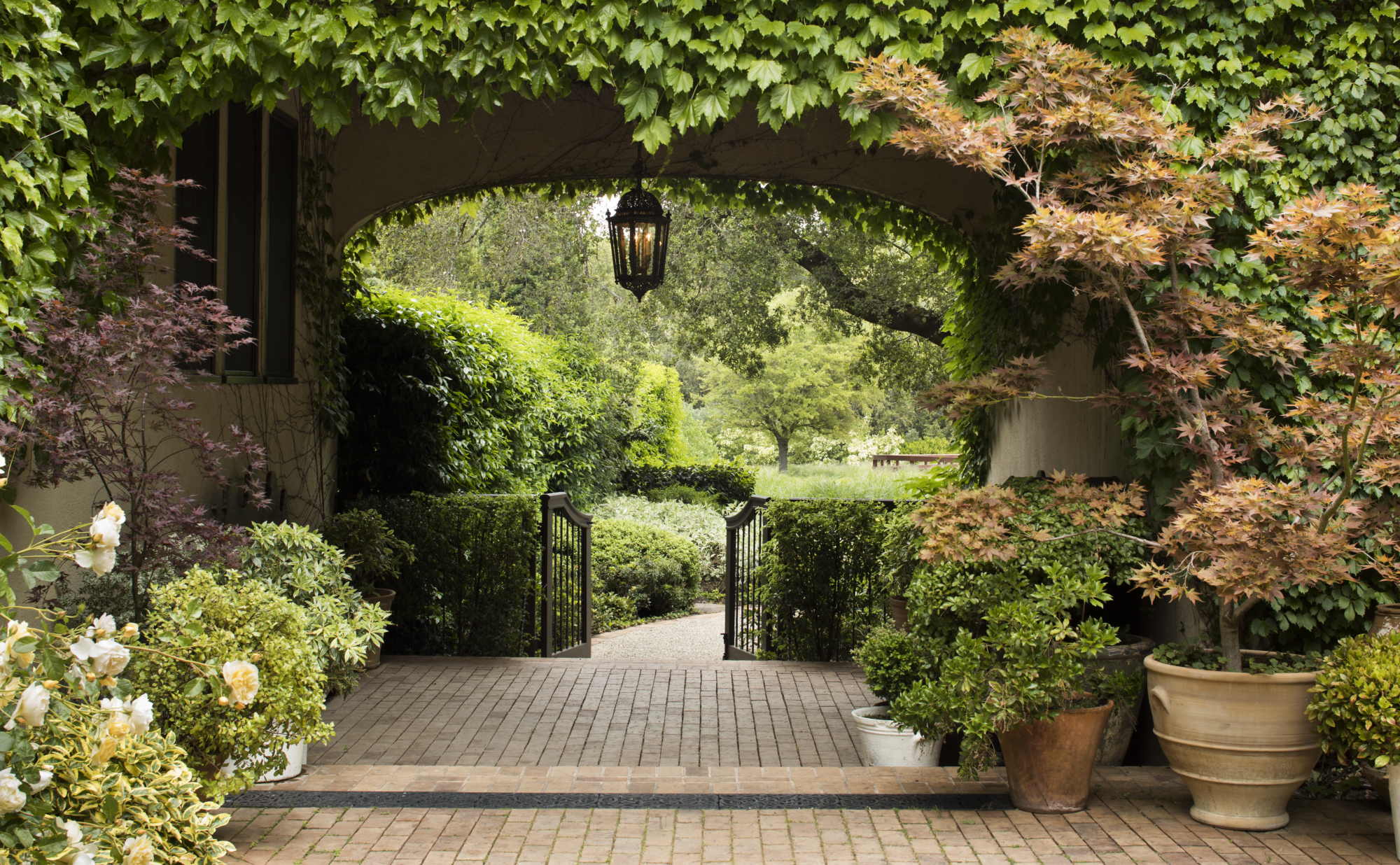Sandstone rock is composed of medium sand particle sizes. Sandstone consists of sand grains that have been cemented together. Sandstones can range from coarse-grained to fine-grained. You should be able to distinguish the sand grains with the naked eye. Light-colored sandstones consisting mainly of rounded, well-sorted, quartz grains are referred to as mature sandstones or quartz sandstones. Sandstones that contain angular grains of several different minerals are referred to as immature sandstones or graywackes. Sandstones containing feldspar grains are arkoses. Sandstones can be white, gray, pink, red, brown, or black. A fresh broken surface of sandstone has a gritty feel.
Sandstone is sometimes known as Arenite. It is primarily composed of quartz and/or feldspar minerals that are cemented together with silica or calcium carbonate. If Sandstone undergoes metamorphism it is transformed into Psammite. If it is quartz bearing it becomes quartz-dominated psammite or Quartzite.
The components of Sandstone:
- Framework grains are sand-sized detrital fragments.
- Matrix is very fine material, which is present within interstitial pore space between the framework grains.
- Cement binds the siliclastic framework grains together.
- Pore space includes the open spaces within a rock and is related to the porosity and permeability of the rock.
All sandstones are made up of framework components that include the same minerals: quartz, feldspars, and lithic fragments. The Dott (1964) sandstone classification scheme describes sandstone varieties according to textural variation and grain composition. A supermature sandstone such as Quartz Sandstone has round weathered grains with less clay for the matrix.
Sandstones are grouped as either Arenite or Wacke, depending on the percent of clay matrix contained between their framework grains. They are also grouped as depending on the percent of the minerals they contain such as Quartz Sandstone, Arkose Sandstone (with feldspar) and Greywacke Sandstone (with an even mixture).
Sandstone has a thin density and is variable from soft to hard depending on clast and cement composition. It is gritty to touch but is available in a variety of surface textures and earth-toned colors. Since sandstone beds often form highly visible cliffs and other topographic features, certain colors of sandstone have been strongly identified with certain regions. Sandstone has good filtering properties. It is very porous and water will penetrate easily.
Sandstone was a popular building material in ancient times and continues to be used for domestic construction and housewares. It is easy to carve because it is relatively soft. Some sandstone varieties are resistant to weathering and are widely used for building and paving material.
Sandstone is quarried around the world. In Scotland, during the Victorian era most of Glasgow’s most impressive buildings were built with red or blond sandstone. In the USA, Colorado supplies a great deal of sandstone, as do many other states. Ohio Sandstone was used to build the Federal Reserve Bank of New York. Seneca sandstone from Maryland was used to build “the Castle” building of the Smithsonian Institution. Seneca sandstone is also prominent on the floors and the Rotunda doorframes in the US Capitol.
If the sandstone is hard enough, it can be used for dimension stone for buildings and paving. Typically, new sandstone is most often used for high quality custom-designed buildings. Such stone represents 13% of the dimension stone market. Also, new sandstone is used for restoration projects if appropriate.
Bluestone. The common commercial name of “bluestone” is applied to a variety of building stones. The bluestone that comes from the U.S. and Canada is a feldspathic or arkose sandstone.
Photos:
